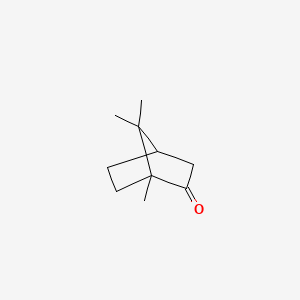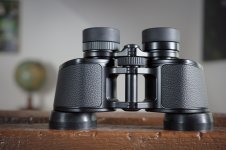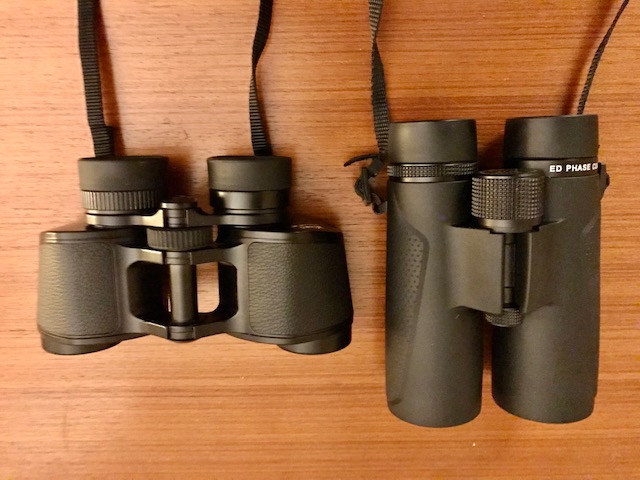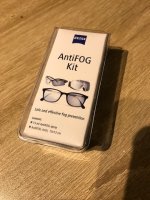Dipperdapper
Well-known member
Dear Don,Neil,
Yes, camphor is a larger molecule. Per the reference below it has a “density similar to water”. Given these binoculars are subject to penetration by H2O, seems to me that camphor vapor might well enter the inner workings of these instruments. I just want to avoid something that might be caustic to more than fusarium species (like our binoculars) long term in a closed system.
I really don’t know how to test other than through experimentation but I like the concept.
I really think just keeping the unit very dry, through use of a desiccant, will go a long way to keep the spores as spores. Should prevent conversion to a vegetative hyphae/mycelium producing state, which is really the ultimate goal.
One will never have luck getting rid of all the spores except through use of some unacceptable alternative in this application (bleach, phenol, alcohol, etc.)
Just some thoughts,
Don

Camphor
Camphor | C10H16O | CID 2537 - structure, chemical names, physical and chemical properties, classification, patents, literature, biological activities, safety/hazards/toxicity information, supplier lists, and more.pubchem.ncbi.nlm.nih.gov
I think your suggestion is eminently sensible. I gave both the Nikon E II and Opticron Sr.GA a week in the tubs with some camphor balls and desiccant but have now removed the camphor. Maybe I could just do this periodically, say every six months or so. Will need to give this some more thought but for now it's all about enjoying those porros.
Hope to start the SR.GA later today.
Thanks a million for the advice!
With best wishes,
Neil.










